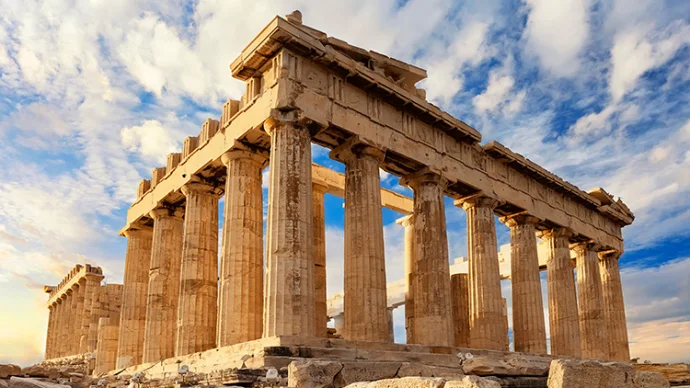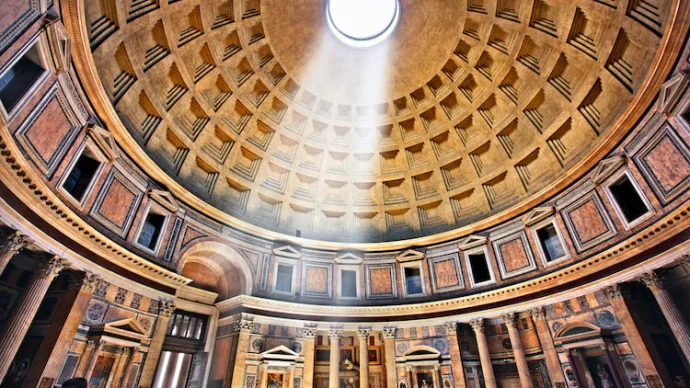
About Pergamum
Pergamum, also spelt Pergamon, is a famous archaeological site in present-day Turkey which developed under the Attalid dynasty following the death of Alexander the Great. Pergamum grew rich and powerful as an ancient Greek city in Mysia, situated close to the Aegean Sea, becoming the Kingdom of Pergamon during the Hellenistic period.
Today, the UNESCO World Heritage Site of Pergamum is open to visitors and has a small archaeological museum in Berlin, containing a selection of the finds excavated from the site in the 1880s.
Pergamum history
It was Alexander the Great who removed Pergamum from Persian control, completely changing the city’s landscape into a series of terraces. When Alexander died, his general Lysimachus took control of the region as the King of Thrace.
When Lysimachus died in 281 BC, Pergamum and the surrounding area fell into the hands of the man he had in turn charged with protecting it: Philetarus. Philetarus ruled Pergamum as an independent ruler.
Through a series of successions, Pergamum fell under the rule of Attalus I and then his son Eumenes II. Both of these kings were part of the Hellenistic Attalid dynasty and it was during this time that the majority of Pergamum’s most celebrated buildings and monuments were constructed, especially under Eumenes II (197-159 BC).
Pergamum thrived, becoming the centre of the Pergamese kingdom which greatly supported Rome and allied with them against the Macedonians in the 3rd and 2nd centuries AD. In 129 BC, Pergamum became part of the Roman Empire, bequeathed to Rome by Attalus III who had no heir. This accounts for the presence of Roman artwork and temples.
Julius Caesar himself once visited the city. It was here that Caesar imprisoned and executed the very pirates who had kidnapped him in 75 BC after he hunted them down following his release. Later, Pergamum became part of the Byzantine Empire and remained an important city and metropolis throughout these periods.
Pergamum today
Open except for Sundays, nowadays the historic ruins of Pergamum are split into 3 main areas: in the Acropolis, one can find sites such as its library, gymnasium, very steep theatre and arsenal as well as the Roman Temple of Trajan. This was also once the site of the incredible Altar of Pergamum, controversially held in the Pergamon Museum in Berlin with only its base remaining at Pergamum.
The other 2 areas of Pergamum are its lower city and stunning health centre or Asclepion, where a variety of treatments were offered, such as rejuvenating mud baths. Bring comfortable shoes to clamber around the uneven ruins.
Getting to Pergamum
Now located in the Turkish town of Bergama, the surviving monuments of ancient Pergamum are all within walking distance from each other and the town centre. From the nearest airport in Ismir, Pergamum is a 1 hour and 35 minute drive via the O-30 and O-33.
Featured In

Greek Sites Turkey
Featuring sites such as the legendary Troy to the spectacular remains of Side, explore the ancient world in our guide to the best Greek ruins in Turkey.

Greek Temples
The ultimate guide to the very best Greek temples in the world, from Agrigento to Paestum and more, includes an interactive map surviving temples from Ancient Greece.

Roman Temples
Discover incredible Roman temples you can still visit today, from Baalbek to the Pantheon and more, includes an interactive map of surviving temples from ancient rome.




















